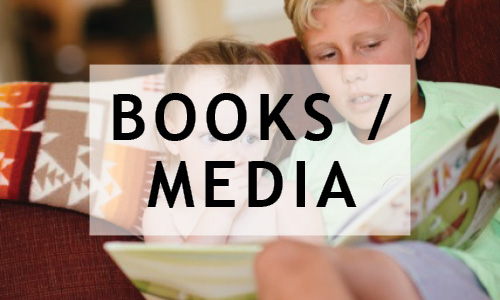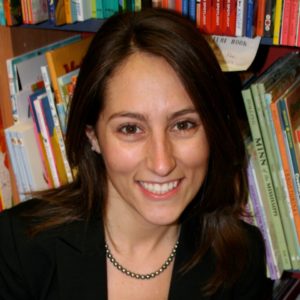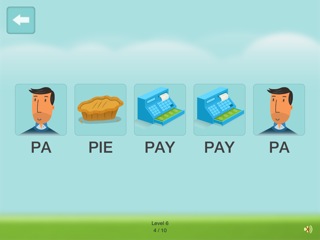 Apraxia therapy can be challenging as it requires frequent and intensive treatment, involving repetition of sounds and syllables in a systematic approach. As therapists, we need to be creative to make the process of practice fun. With toddlers and preschoolers, I analyze what toys, puzzles, books or objects start with my target sounds and plan how to use them to engage young kids. I have used “flip books” that some of us made to customize to our kids’ needs. Enter the iPad and the Speech Therapy For Apraxia–NACD Home Speech Therapist” by Blue Whale and we have an excellent tool to add to our bag when working with children with apraxia (which is also appropriate for use with adults).
Apraxia therapy can be challenging as it requires frequent and intensive treatment, involving repetition of sounds and syllables in a systematic approach. As therapists, we need to be creative to make the process of practice fun. With toddlers and preschoolers, I analyze what toys, puzzles, books or objects start with my target sounds and plan how to use them to engage young kids. I have used “flip books” that some of us made to customize to our kids’ needs. Enter the iPad and the Speech Therapy For Apraxia–NACD Home Speech Therapist” by Blue Whale and we have an excellent tool to add to our bag when working with children with apraxia (which is also appropriate for use with adults). 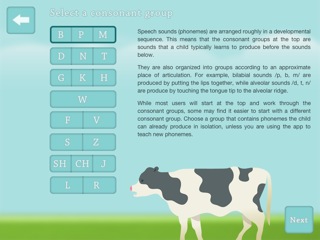 Designed primarily for motor planning but also articulation drill, this app is organized by consonant groups presented in CV syllables to be practiced in increasingly difficult levels from 1 to 8. Speech sounds are arranged in a developmental sequence from early developing /b,p,m/ to later developing /l,r/ as well as grouped by approximate place of articulation. Once you have determined what group of phonemes to work on, decide on an appropriate level. It is recommended that you start at level 1 each time you begin work on a new consonant group since the first level presents one syllable at a time associated with the illustration that represents it. When a child has mastered the single syllables in level 1, move to the next level:
Designed primarily for motor planning but also articulation drill, this app is organized by consonant groups presented in CV syllables to be practiced in increasingly difficult levels from 1 to 8. Speech sounds are arranged in a developmental sequence from early developing /b,p,m/ to later developing /l,r/ as well as grouped by approximate place of articulation. Once you have determined what group of phonemes to work on, decide on an appropriate level. It is recommended that you start at level 1 each time you begin work on a new consonant group since the first level presents one syllable at a time associated with the illustration that represents it. When a child has mastered the single syllables in level 1, move to the next level:
- Level 2: Requires repeating three repetitions of 1 syllable, third being as clear as the first (pay, pay pay)
- Level 3: Requires repeating five clear repetitions of the same syllable (boo, boo, boo, boo, boo)
- Level 4: Requires repeating four repetitions of the same syllable and the fifth syllable changes requiring the student to say a CV syllable containing the same initial sound with a different vowel (pea, pea, pea, pea, pie).
- Level 5: Requires repeating two syllables with the same initial consonant but different vowels which alternate back and forth in sequence (buh, bay, buh, bay, buh).
- Level 6: The syllables in this sequence start with the same consonant sound, differ in the vowel, and have a random arrangement within the sequence (bye, baa, bow bow, bye).
- Level 7: This is a random arrangement of syllables, with varied consonant and vowel sounds, with all the consonants within the chosen group (pie, may, baa, pie, may).
- Level 8: This is a random combination of any of the syllables that have been worked on through Level 7, so syllables will be included from different consonant groups. The user must have worked through level 7 in at least 2 consonant groups to move to this level (no, pa, moo, toe, nuh).
Each level has 10 sequences to practice before moving on to the next level.
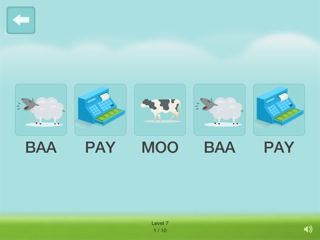 This app is very user friendly, picturing the CV syllables with fun illustrations when possible and different fonts to distinguish those that are written. Kids who weren’t reading yet, could quickly learn the syllables by touching the screen to hear the model. Organized systematically, each level required the child to make small adjustments in motor planning while correctly producing the target consonants. I found that some kids can learn a consonant group of similar place simultaneously like /d, n, t/ to go through the series of levels, while others took longer to be able to correctly produce all 2 or 3 sounds /sh, ch, j/ to be able to use this app effectively.
This app is very user friendly, picturing the CV syllables with fun illustrations when possible and different fonts to distinguish those that are written. Kids who weren’t reading yet, could quickly learn the syllables by touching the screen to hear the model. Organized systematically, each level required the child to make small adjustments in motor planning while correctly producing the target consonants. I found that some kids can learn a consonant group of similar place simultaneously like /d, n, t/ to go through the series of levels, while others took longer to be able to correctly produce all 2 or 3 sounds /sh, ch, j/ to be able to use this app effectively.
“Speech Therapy For Apraxia” is a wonderful tool for therapists to strengthen motor speech planning for specific sets of sounds as well as for parents to use for home carryover. A data collection feature would be a welcome update in the future to help therapists who are increasingly being asked to furnish data from their sessions. Available for $4.99 in iTunes
The opinions expressed are solely those of the author. The app was provided for review.


